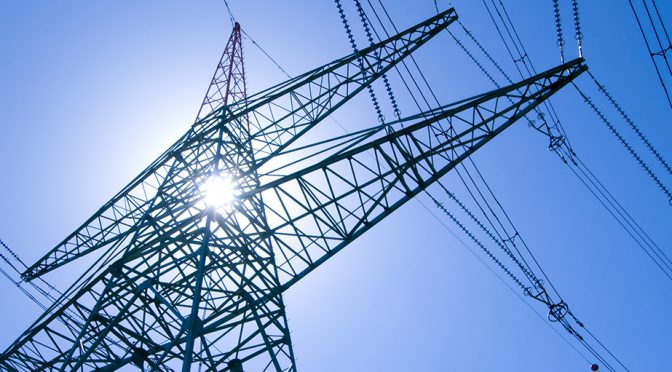The Biden administration announced on Monday its commitment to allocate up to $1.3 billion to facilitate the development of three new power lines spanning six states in the Western and Northeastern regions of the United States. The primary objectives of this investment are to bolster the aging power grid and extend the reach of renewable energy to a broader customer base.
It’s crucial to note that these funds will not be directly utilized for the construction of the power lines. Instead, the Department of Energy (DOE) plans to reduce the financial risks associated with the construction by offering capacity contracts, as authorized by the $2.5 billion program established in the 2021 bipartisan infrastructure law.
Under these capacity contracts, the DOE possesses the option to purchase up to 50% of the transmission lines’ capacity for periods of up to 40 years. The contracts can be subsequently sold to recover costs.
Energy Secretary Jennifer Granholm clarified during a media briefing that this arrangement allows the DOE to serve as an anchor tenant for the power lines, instilling confidence among developers that the project can proceed, and there will be a demand for the generated power.
The aging U.S. power grid has faced numerous challenges, with 18 natural disasters causing extensive power outages last year, resulting in significant financial losses for American businesses estimated at $150 billion.
In pursuit of President Joe Biden’s climate objectives, including achieving 100% clean electricity by 2035, the DOE contends that the U.S. must significantly expand its power grid’s capacity, portions of which are more than a century old.
Among the projects supported by these capacity contracts is the Cross-Tie 1,500-megawatt (MW) line, which is designed to link existing transmission systems in Utah and Nevada. This project aims to enhance grid reliability and resilience.
Another endeavor, the Southline Transmission Project, involves a proposed 748 MW line that seeks to unlock solar and renewable energy sources in New Mexico. The power generated will be supplied to growing markets in Arizona, which currently rely on fossil fuel-generated electricity. Construction for both these projects is projected to commence in 2025.
The third project, the Twin States Clean Energy Link, is a proposed 1,200 MW line with the goal of augmenting the capacity of the New England power grid. It is intended to provide access to clean energy, including hydropower from Quebec, Canada. Construction for this line is anticipated to begin in late 2026, allowing it to transmit power to Canada as offshore wind power capacity expands in New England.
In addition to these developments, the Energy Department published a study that underscores the need for further action, emphasizing the importance of increasing interregional transmission capacity. By 2030, the study contends that substantial deployments of interregional transfer capacity are required in multiple regions across the country to ensure a more resilient and robust power grid.

